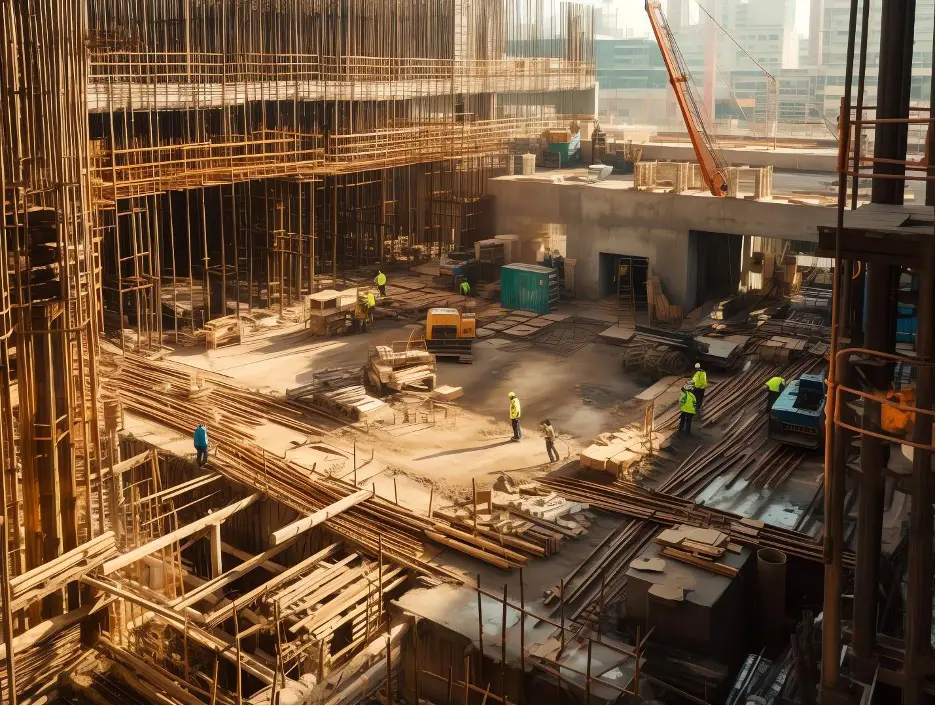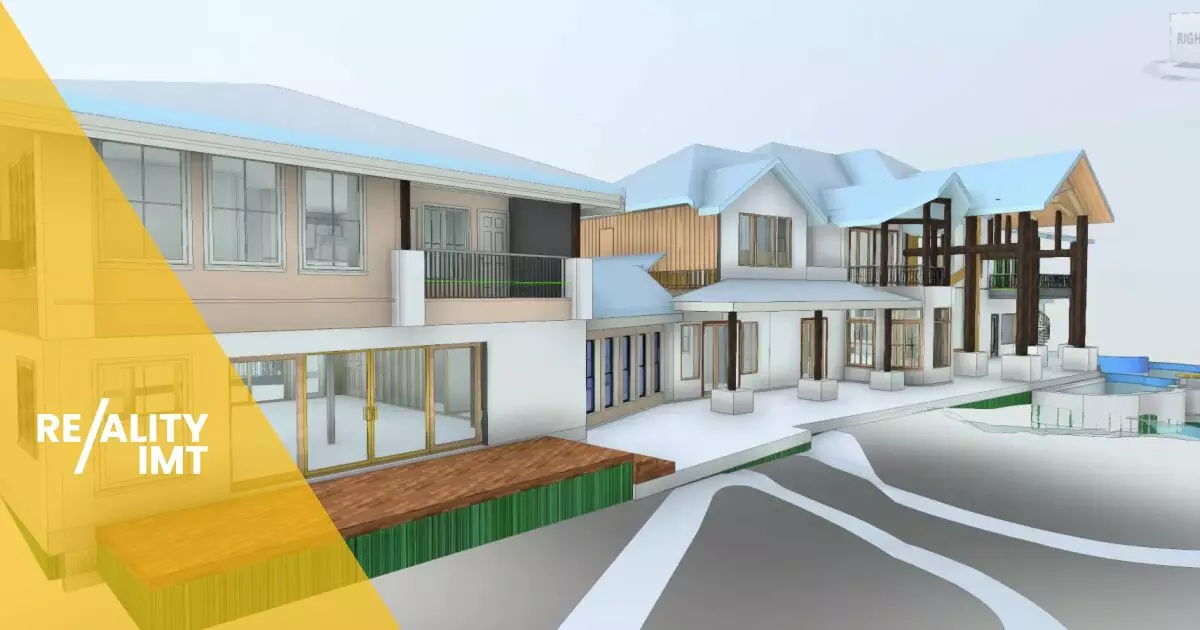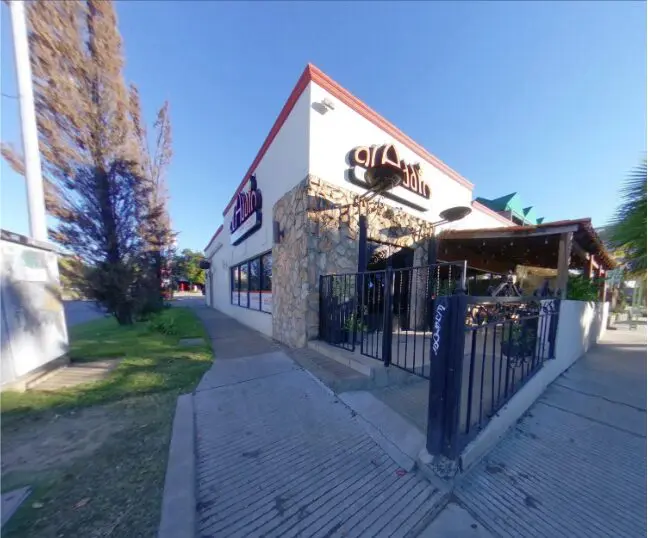Construction has come a long way in terms of worker safety, but there is still some way to go before it can be called a unilaterally safe industry. The good news is that advances in technology are bringing us ever closer to that point, with things like flying laser scanners, 3D modeling, and machine controls making some of the most dangerous elements of jobsites much easier to navigate.
Here are some of the ways technology is making job sites safer for everyone!
1. Keep track of everyone on-site
One of the biggest ways that technology is making job sites safer is by keeping track of everyone’s location. This is important for a few different reasons. First, it helps track workers in the event of illness or injury. If the worst happens and disaster strikes, it is possible that one worker is separated from the rest and incapacitated. Without the ability to easily track their location, rescue efforts might be stalled. Thanks to badges and other wearables that transmit signals, today’s job site can more easily ensure that everyone is safe even when circumstances are unexpected and dangerous.
Along the same vein, surveyors can wear badges that send signals specifically to pieces of machinery. More specifically, the signals cause some kind of alert to the individual in the machine’s cab that a surveyor is close to the machine. This, in turn, allows them to alert the surveyor and steer their machinery to a safer location.
2. Avoid survey crews entirely in some instances
Some projects feel endless and require the same kind of installation hundreds or thousands of time in a given area. When this is done by a human-powered surveyor team, it won’t take long before operators experience serious fatigue. This can lead to compromised senses and increase the risk of dangerous mistakes.
In projects where routine placement is necessary, such as in a solar farm where many steel posts must be placed, machine controls for dozers, excavators, and graders paired with enhanced reality capture abilities can automate the process to some extent and reduce the need for grade checkers on-site.
3. Make trenches safer
One of the biggest dangers on-site is trench collapse. Thanks to 3D machine control paired with scanning technology, trenching safety can be significantly improved on modern jobsites. Instead of surveyors leaving their cabs and physically lowering themselves into the trench, surveyors can instead use machine control solutions that utilize 3D modeling, pair it with GNSS, and provide indicators for real-time fill/cut metrics. This allows them to check their work without ever leaving their cab and also fills in holes as surveyors go, eliminating the danger of leaving open holes sitting overnight.
4. Reduce the number of people on heavy machinery and uneven ground
While there are a few reasons why construction can be such a dangerous field, one of the biggest challenges is workers operating heavy machinery, working high off the ground, and working around and on large piles of debris and dirt. Drones and laser scanning offer much safer and accurate solutions to these issues. Instead of “boots on the ground”, full autonomous laser scanners able to fly (like standard drones) can capture all necessary data without sending workers into the fray.
This technique can also be used to make surveying tall vertical rock faces much easier. Instead of worrying about rockfall mitigation, flying laser scanners can capture all necessary data without putting anyone in danger.
Are you interested in learning more about how technology can make construction safer and more effective than in the past? Reach out to our team for more information about our well-designed technological solutions to everyday construction and surveying problems.




